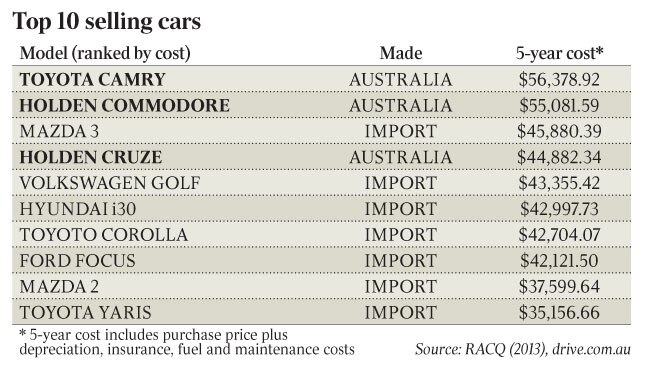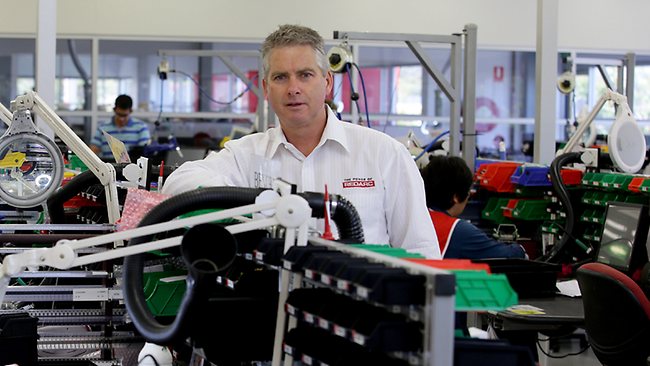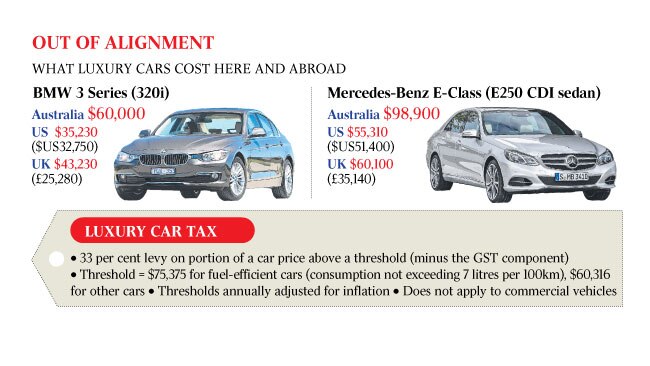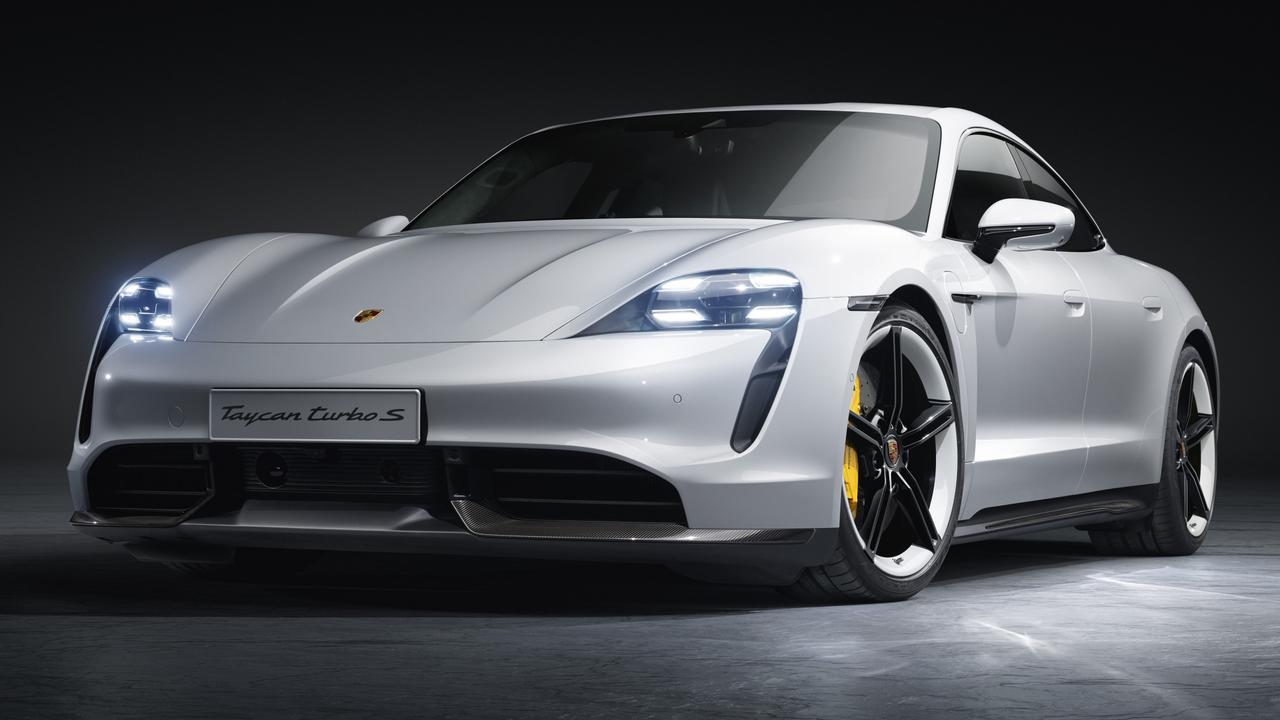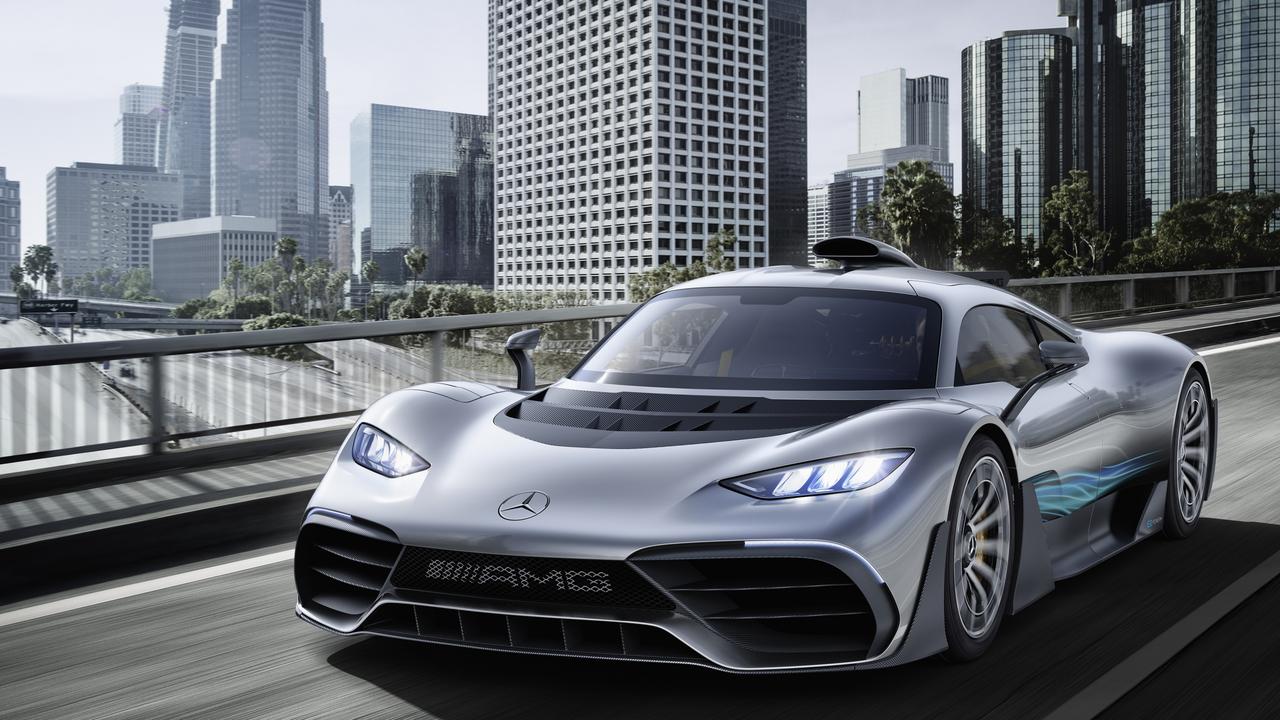More bang for buck but US, UK still pay less
"THERE'S never been a better time to buy" is a phrase you hear a lot when it comes to cars, and of course, it's true. You don't need to know much about cars to work this out: a cursory look at the numbers will do. A decade ago the default starting price for a small car, the Toyota Corolla say, was $19,990. The same figure is where the action starts today.
There really has never been a better time to buy. But there are better places to buy, including Britain or the US where many cars start thousands of dollars below their equivalents here.
In Britain, a Mercedes E250 CDI starts at £35,140 ($60,546), while Stateside it's $US51,400 ($55,060). Here it's $98,900.
"In comparison with overseas markets, there's plenty of anecdotal evidence that Australians still pay too much for cars," Australian Automobile Association chief executive Andrew McKellar says. Here, where nominal car prices have stayed virtually the same, inflation has worked its magic. The Reserve Bank's average annual rate of 2.8 per cent would have lifted the Corolla's price to $26,278 now. The buyer is more than $6000 better off.
As a salesman might say, "But wait, there's more." The 2003 Corolla came with one airbag and a CD player. Today's equivalent has eight airbags and an array of audio connections.
"Pricing hasn't really risen a lot, especially in line with CPI," says Grant Cameron, leader of the automotive group at consultant Deloitte. "But you're getting a lot more in your car."
It's similar at the luxury level. A Mercedes-Benz large sedan, an E270CDI, say, was $92,900 in 2003. That would be $122,124 today. So that E250CDI, the equivalent car now, looks $22,000 cheaper. Even though the price has risen of course, the Mercedes, like almost every modern car, is vastly more sophisticated, better equipped, safer and easier on fuel.
Movements in interest rates and wages compound the effect.
"In the mid-1990s it took the average Australian 10 months' wages to save for a car, whereas now the number is six months," Cameron says.
"Cars are mainly purchased on credit and there are cheap - zero to 2 per cent - finance deals which have been around for about two years."
The Australian dollar has risen from US73c against the greenback in 2003 to US93c today. Imports are cheaper to source.
At the same time, the vestiges of protection were being removed. Import quotas went in the late 1980s and tariffs were progressively wound down. They were 15 per cent in 2003 and have dropped in stages since to stand at 5 per cent. Bilateral free trade agreements have amplified the effect. No wonder imports now account for more than 87 per cent of sales.
This open-market approach has made Australia one of the most competitive vehicle markets, the industry says. The result has been an influx of brands and more are represented here than in the US or Britain, says Federal Chamber of Automotive Industries chief executive Tony Weber.
So why are some cars so much more expensive?
Size of the market is one reason. With 1.1 million vehicles bought last year, Australia is half the size of Britain and dwarfed by the US, which is almost 15 times larger.
Weber says: "Brands have fixed costs, in developing networks and importation structures, and that has to be amortised over the price of the car. So in low volumes, that has an impact." Shipping to Australia is more expensive too.
While tariffs have dropped, another impost has risen. The luxury car tax increased from 25 per cent to 33 per cent in 2008, inciting the European Commission, which described it as "a disguised form of domestic assistance".
McKellar describes the LCT as "a deeply flawed impost" and a disincentive to fitting cars with the latest technology. "The fact we impose a so-called luxury car tax on many vehicles which are actually ordinary family vehicles is a disgrace," McKellar says. "It's a tax on safety and in many cases adds thousands of dollars to a new car."
Research conducted for the FCAI shows that most of the revenue collected by the tax comes from cars starting below $100,000 and the models most commonly hit are Toyotas.
The Mercedes E250CDI, with fuel use that does not exceed 7 litres per 100km, qualifies for the higher LCT threshold but still includes more than $5400 in tax. A car the same price with LCT at the lower threshold would include $8900 LCT, and by the time prices reach Ferrari levels almost one-third of the vehicle's price is LCT, GST or tariff.
The LCT thresholds are adjusted annually but pegged to the automotive consumer price index, which means they increase at glacial pace. More and more cars are being caught in the LCT net.
However, even after all these factors have been taken into account, disparities with US prices remain enormous. That's true even when features are taken into account. A popular BMW 3 Series model, the 320i, starts at $60,000 here and undoubtedly comes better equipped than the US version, which starts at $US32,750. But use BMW's US website to specify the 320i with every conceivable option and accessory, and it still falls short of the Australian starting price at $US55,256 or about $59,200.
Our cars are better equipped partly because that's how Australia likes them, but also because as the dollar went up in value, importers added features to their cars rather than reduce headline prices, which has an adverse effect on resale values and ultimately can undermine a brand.
"Exchange rate changes generally are not fully passed through," McKellar says. "If it moves in favour of the manufacturers, they tend to give back some of that additional margin in additional specification."
This move was led by Mercedes, our No 1 luxury marque..
Spokesman David McCarthy says its buyers are sophisticated and its sales success is proof it has got the balance right. "If our buyers thought we were charging too much, they would vote with their wallets. And they're not."

